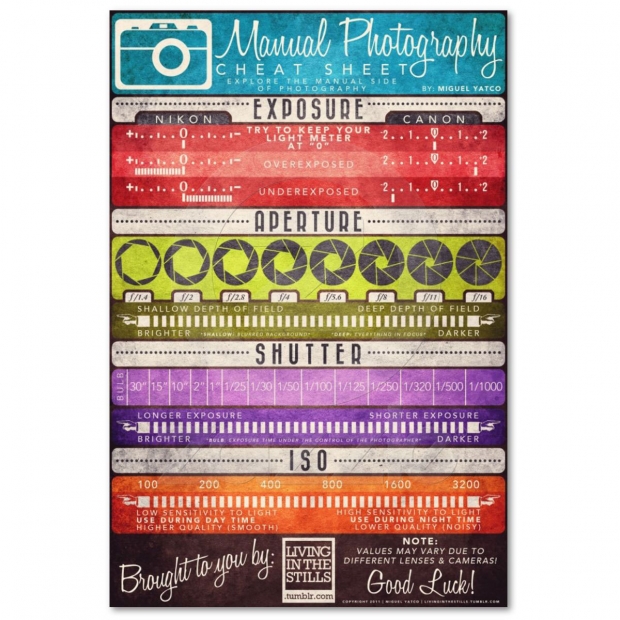Join Us To Uncover Important Photography Ideas That Will Certainly Open Your Camera'S Potential-- Prepare To Record Stunning Images In No Time!
Join Us To Uncover Important Photography Ideas That Will Certainly Open Your Camera'S Potential-- Prepare To Record Stunning Images In No Time!
Blog Article
https://www.liveinternet.ru/users/abrams_blackwell/post509036616 -Lundgreen Fuentes
When you initially grab your cam, it can really feel overwhelming with all the settings and alternatives readily available. You might find yourself wondering just how to navigate aperture, shutter rate, and ISO successfully. Grasping these principles is critical, but there's even more to photography than just technical knowledge. Understanding structure techniques and lights problems can raise your pictures substantially. So, suppose you could learn simple methods to enhance your abilities and begin capturing outstanding pictures earlier than you think? Allow's check out just how to change your photography trip.
Understanding Electronic Camera Settings
Understanding your electronic camera settings is critical for capturing spectacular images. When you pick up your cam, familiarize yourself with the three main setups: aperture, shutter speed, and ISO. Each plays an essential role in how your images turn out.
Start with aperture, which regulates the amount of light getting in the lens. A larger aperture (lower f-number) allows extra light and develops a beautiful background blur, perfect for pictures. On the other hand, a narrower aperture (greater f-number) keeps more of the scene in focus, perfect for landscapes.
Next, focus on shutter speed. This setting determines how long your electronic camera's sensing unit is revealed to light. A rapid shutter rate ices up activity, which is excellent for activity shots, while a sluggish shutter rate can produce magnificent impacts like smooth water in landscapes.
https://www.digitalcameraworld.com/tutorials/stuck-at-home-12-fantastic-photo-projects-to-try-indoors-during-the-covid-19-crisis but not least, readjust your ISO. This setup impacts your camera's sensitivity to light. A higher ISO works in low-light situations yet can introduce sound or grain. Aim for the lowest ISO possible while still accomplishing appropriate direct exposure.
Structure Strategies
When you're out shooting, make-up can make all the difference in how your photos reverberate with visitors. Start by using the policy of thirds; imagine your framework separated into nine equal sections with two horizontal and 2 vertical lines. Position crucial elements along these lines or at their intersections to develop balance and interest.
Next off, consider leading lines. These all-natural lines in your scene, like roads or rivers, draw the customer's eye right into the photograph, leading them through the tale you're informing.
Do not forget mounting; usage aspects within your scene, like trees or windows, to develop a framework around your subject, including deepness and focus.
Also, watch on your background. A chaotic history can distract from your major topic, while an easy one aids it stick out.
Lastly, experiment with symmetry and patterns; they can develop a striking photo that records attention.
Learning Illumination Issues
Understanding illumination problems is important for catching sensational photographs, as the ideal light can transform a normal scene into something phenomenal.
Start by observing all-natural light at various times of the day. Mornings and late afternoons use the best light, referred to as the golden hour. The soft, warm tones throughout these times can boost your pictures perfectly.
Do not shy away from cloudy days either; diffused light can reduce rough shadows and develop a pleasing impact, particularly for pictures.
Experiment with backlighting by positioning your subject versus the light source. This method can produce a fanciful halo result and include depth to your images.
Pay attention to your camera settings as well. Adjust the ISO, aperture, and shutter rate to match the lights conditions. A higher ISO can assist in low light, yet beware of grain.
Make use of a tripod in darker settings to prevent blur.
Finally, don't fail to remember fabricated illumination. Flash and constant lights can be fantastic devices for regulating light in tough problems.
Verdict
To conclude, grasping your camera doesn't need to be overwhelming. By recognizing your setups, applying composition strategies, and using the power of all-natural light, you'll swiftly boost your digital photography skills. Keep in mind, practice makes best, so get out there and trying out your newly found knowledge. With time and devotion, you'll be recording spectacular pictures that reflect your one-of-a-kind point of view. Take pleasure in the trip, and don't forget to have fun while you're at it!
